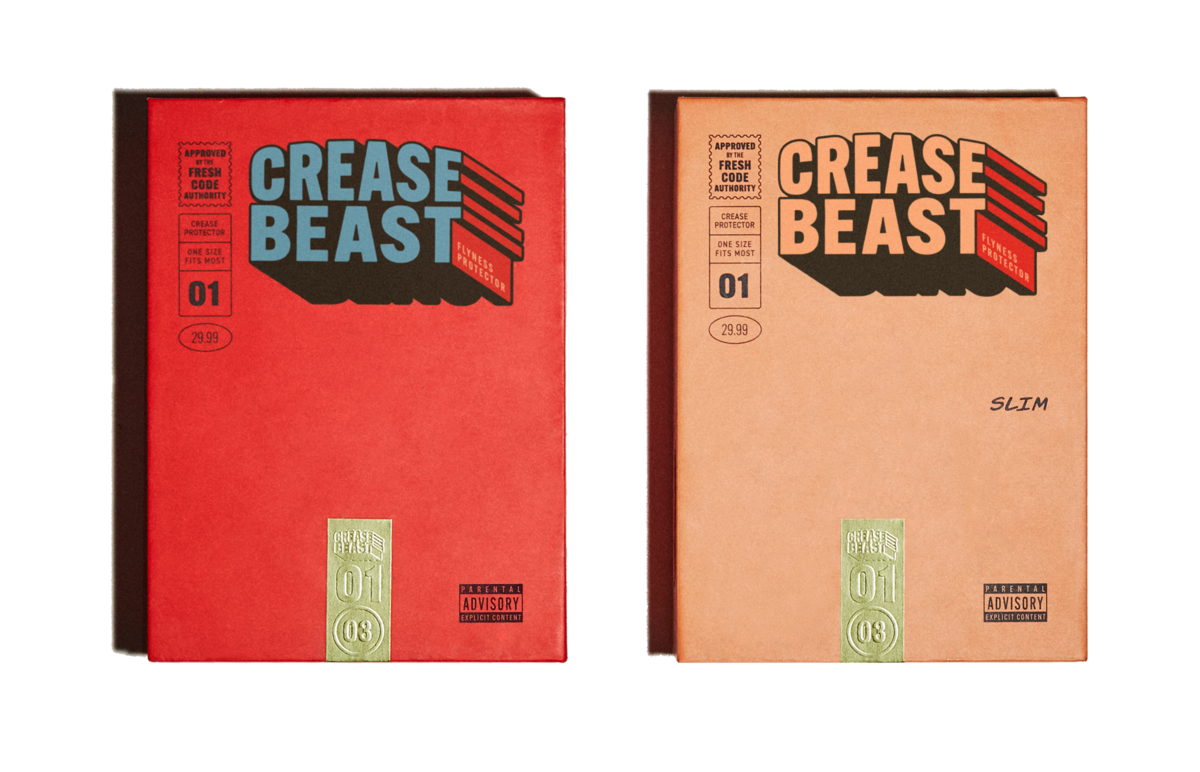The Role of Moisture in Shoe Creasing
Shoe creasing is a common phenomenon that occurs when the leather material on the upper part of the shoe folds or wrinkles due to repeated wear. This creasing can significantly impact the appearance and longevity of the footwear, making it a concern for shoe enthusiasts and owners alike. While several factors contribute to shoe creasing, moisture plays a crucial role in the process.
Understanding Moisture's Impact
Moisture affects shoe creasing by altering the properties of the leather material. Leather is a natural material known for its versatility, durability, and ability to mold to the wearer's feet. However, it is susceptible to changes in moisture levels.
When leather absorbs moisture, it becomes more pliable, softening the fibers and making the material more prone to creasing. On the other hand, excessive dryness can make the leather stiff and inflexible, increasing the likelihood of creasing in different areas of the shoe.
The Role of Footwear and Material
The type of footwear and the quality of the leather material are also significant factors influencing shoe creasing. High-quality leather, particularly full-grain leather, tends to resist creasing more effectively compared to lower-grade alternatives. Full-grain leather retains its natural grain pattern, making it less prone to unsightly creases.
Additionally, the construction of the shoe can impact creasing. Shoes with a more rigid structure, such as brogues or boots, tend to have less pronounced creasing than soft and flexible shoes like loafers or sneakers.
Preservation Techniques
To minimize shoe creasing and preserve the appearance of your footwear, it is essential to take appropriate measures. Here are some techniques to consider:
- Regular cleaning and conditioning: Keeping your shoes clean and moisturized can help maintain the leather's suppleness and reduce the likelihood of excessive creasing.
- Using shoe trees: Inserting shoe trees made of cedar or other absorbent materials can help maintain the shoe's shape and absorb moisture, preventing creasing.
- Alternate your shoes: Allowing your shoes to rest and dry out between wears can help prevent moisture buildup and reduce creasing.
- Applying leather protectants: Products like leather conditioners and waterproof sprays can help protect the leather from moisture damage, ultimately reducing creasing over time.
The Tradeoffs and Challenges
While managing moisture is crucial in reducing shoe creasing, it is essential to strike a balance. Over-moisturizing or using excessive protectants can lead to a lack of breathability, potentially causing other issues such as mold or color fading. Similarly, the use of shoe trees that are too tight may strain the leather, leading to unwanted creases.
Furthermore, every individual's foot shape and gait pattern are unique, contributing to variable creasing patterns. It is impossible to eliminate creasing entirely, but by understanding the role of moisture and employing proper care techniques, you can minimize its impact and extend the lifespan of your beloved shoes.
The Importance of Consideration
When making decisions regarding shoe creasing and moisture management, it is crucial to consider the unique characteristics of your shoes, the quality of the leather, and your personal preferences. By considering these factors, you can make informed choices that suit your style, maintenance routine, and desired level of creasing.
In conclusion, moisture plays a significant role in shoe creasing. By understanding how moisture affects leather, choosing the right footwear and materials, utilizing proper preservation techniques, and considering the tradeoffs involved, you can effectively manage creasing and prolong the lifespan of your shoes. Remember, a well-cared-for shoe not only looks more appealing but also provides long-lasting comfort and style.
